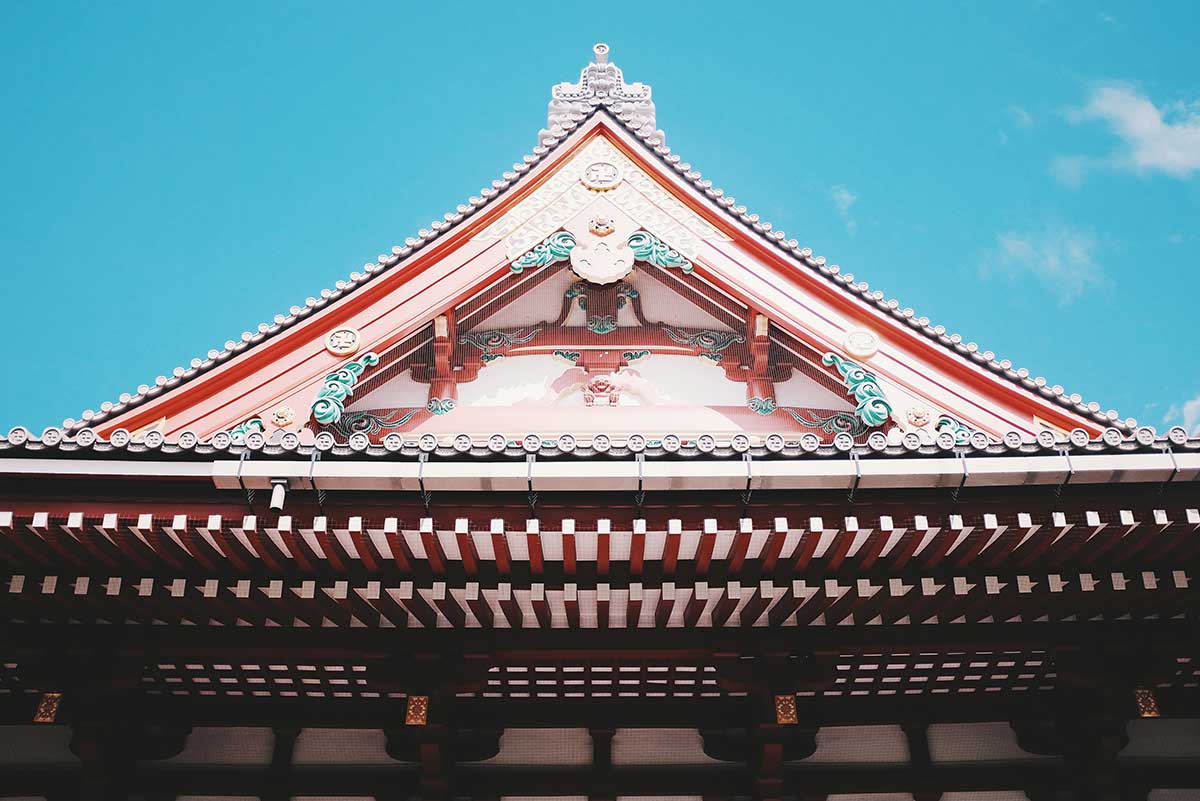Folklife Friday is a weekly digest of arts and culture articles, podcasts, and videos from across the web. Read on for a selection of the week’s best cultural heritage pieces, and don’t forget to check back next Friday for a new set of weekly picks.
Orpheus in Japan
Last October, audiences gathered at a shrine in Kamakura for the premiere of Japan Orfeo, a reinvention of Monteverdi’s opera with Western and Japanese performers. The idea for the project emerged when directors Aaron Carpenè and Stefano Vizioli noticed the parallels between the myth of Orpheus and that of Izanagi and Izanami. The project, as Carpenè and Vizioli explain, is laying the foundations for nuanced intercultural dialogue. In fact, the duo began their intercultural collaborations with Preston Scott, curator of the 2008 Smithsonian Folklife Festival’s program Bhutan: Land of the Thunder Dragon.
Why We Need to Fight to Save Mosul’s Cultural Heritage
Situated at a critical historic juncture, Iraq’s second largest city is home to hundreds of mosques, churches, shrines, holy sites, graveyards, libraries, and museums—all under increasing threat of ISIS attacks. In this piece, Katharyn Hanson, an archaeologist and fellow at the Smithsonian’s Museum Conservation Institute, and Richard Kurin, Acting Provost and Under Secretary for Museums and Research, discuss their work with experts training locals to protect Mosul’s historic sites.
Queens Has More Languages than Anywhere in the World—Here’s Where They’re Found
In Nonstop Metropolis: A New York City Atlas, Rebecca Solnit and Joshua Jelly-Schapiro chart the rich linguistic diversity of New York City, where as many as 800 languages are spoken—nowhere more so than in Queens. Among the languages mapped are Greek, Filipino, Urdu, Indonesian, Russian, and more. “The capital of linguistic diversity, not just for the five boroughs, but for the human species, is Queens.”
‘The Refugees’ Author Says We Should All Know What It Is to Be an Outsider
For author Viet Thanh Nguyen, moving from South Vietnam to San Jose, California, was a study in empathy, place, and identity. In this interview, Nguyen reflects on his new book, The Refugees, and his struggle as an immigrant to define a sense of self. “You have to wear a different face when you’re interacting with the larger culture,” Nguyen explains, “and you can be more of yourself at home, or in the local market, or in the local church, speaking your own language.”
Unmasking the Trauma: A Look at Research on Mask Making as a Creative Arts Therapy
For service members suffering from post-traumatic stress disorder or traumatic brain injuries, arts therapy in the form of mask making may pave the way to recovery, according to Girija Kaimal, assistant professor at Drexel University. “In the seemingly unique experiences of an individual lie universal aspects of the human experience,” Kaimal writes, paraphrasing Jerome Bruner. Through these masks—themselves a symbol of our humanity—patients are able to express their unique interactions with the world, both as individuals and as community members.
Special thanks to Elisa Hough, Meredith Holmgren, James Deutsch, and Amalia Cordova for their contributions to this week’s digest.
Photo by Oskar Krawczyk


